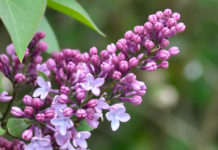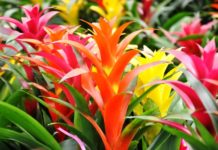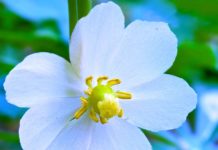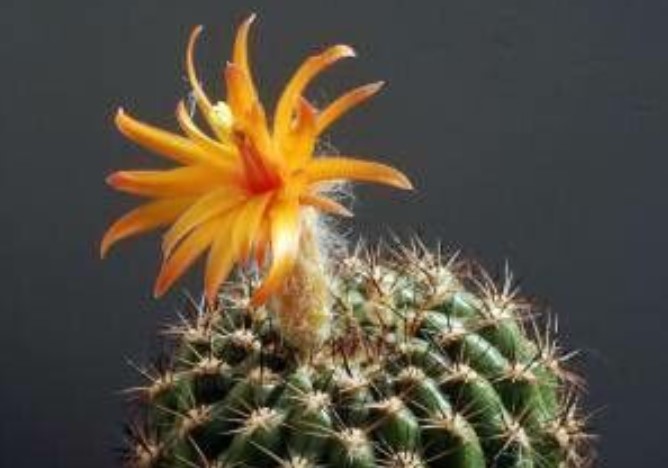The White Lily is a perpetual plant that frequently forms dense colonies. The beautiful leaves arise on flexible stalks from large, thick rhizomes. The leaves are more round than heart-shaped, and bright green, 6 to 12” inches in diameter with the slit about one-third the length of the leaf. The flower leaves generally float on the water’s surface.
The White Water Lily arises on separate stalks, has dazzling white petals 25 or more per flower with lovely yellow centers. The flowers may float or stick above the water, and each opens in the morning and closes in the afternoon. The flowers are very aromatic and can spread from seeds or rhizomes.
Submerged portions of all aquatic plants furnish habitats for several micro and macroinvertebrates. These invertebrates, in turn, are used as food by fish and other wildlife species i.e. amphibians, reptiles, ducks, etc. After aquatic plants die, they are decomposition by bacteria and fungi offers food also called “detritus” for various aquatic invertebrates. Deer, beaver, muskrat, nutria, and other rodents will use up the leaves and rhizomes of white water lily, while the seeds are eaten by ducks.
Read About – Larch – An Evergreen Wild Tree








